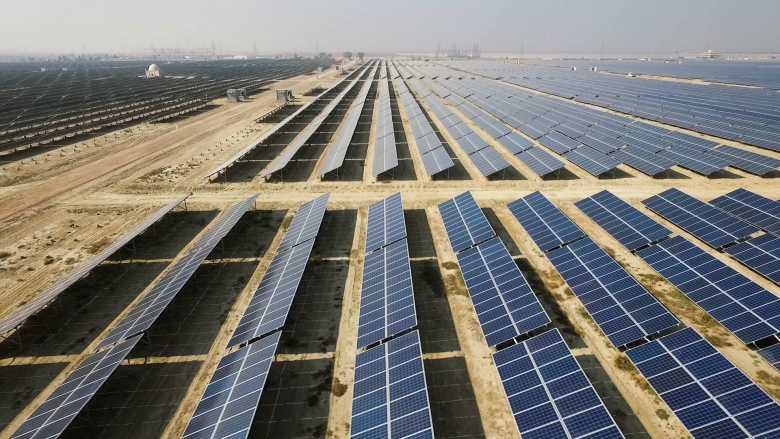
Around the world, economic targets and progress are assessed by taking into account the uninterrupted supply of power. Understandably, countries with highly developed power distribution systems also fare better on economic and social indicators than those without.
About 840 million people around the world still do not have access to electricity. The largest portion of the world’s population without electricity resides in sub-Saharan Africa. In Pakistan, on the other hand, 26 per cent of the people remain in darkness, while the rest have to endure load-shedding on a regular basis on account of a dilapidated national distribution system.
The highest number of areas without electricity are in Balochistan. The government’s stance that it is not economically feasible to connect remote and far-flung areas to the national grid is understandable since the cost of supplying electricity is too large and the recovery minimal. However, it should not be an excuse to not search for other ways to solve the problem.
Pakistan is blessed with abundant renewables, particularly wind and solar. Large portions of the country, including Balochistan, have optimal sunlight levels for electricity generation. Meanwhile, with an uptick in the use of solar technology in homes and offices, the related equipment is now both affordable and widely available. Most of Pakistan has optimal sunlight for power generation.
In Pakistan, unfortunately, there appears to be no coherent national policy on mini-grids or even rural electrification. Though the Alternative and Renewable Energy Policy covers off-grid areas to an extent, it does a poor job of inviting private investment into this sector. Hence, a great opportunity for business and investment in off-grid electrification remains untapped along with a chance to supply power to the country’s one-third population.
There have been scattered attempts by the government and civil society to electrify the remote rural areas of Sindh and Balochistan. Between 2007 and 2010, the Alternative Energy Development Board (AEDB) in collaboration with NGOs electrified around 100 villages in Tharparkar and Jamshoro districts in Sindh, and Khuzdar district in Balochistan, by installing solar panels. However, this initiative proved to be only the first step of the ladder in terms of providing an uninterrupted regular power supply to these areas because the set-up installed was just enough for running some basic appliances such as a bulb and a small fan.
The Sindh government, under a five-year project, is also collaborating with the World Bank to electrify off-grid villages through the provision of subsidised solar power systems in 10 districts of the province. However, this is again not enough to ensure sustained economic or social development in these areas unless an infrastructure of mini-grids running on renewables is established.
To harness renewable energy, converting it to electricity and driving social and economic growth, the government must first devise a comprehensive policy regarding electrification in off-grid areas. However, to be able to come up with a workable policy framework, the authorities must first conduct a detailed survey of all areas without power. The survey should not only include details of the location and number of villages and households without electricity, but also their financial conditions, load demand, resource potential and economic opportunities. Simultaneously, the authorities must also study the experiences of other Saarc countries (and other world regions) on establishing mini-grids and electrifying remote areas to devise a robust framework for the electrification of off-grid areas in the country.
The detailed survey would help the authorities identify and distinguish the need for individual solar home systems and mini-grids, and be able to strategise electrification with the best-fit options according to the requirements of a locality. For example, in the case of remote and far-flung areas with very few homes it might be more feasible to set up individual solar home systems, while mini-grids could be considered as an option in areas with higher populations.
Secondly, national and local distribution companies and other stakeholders such as AEDB and provincial energy departments should be consulted for devising the electrification policy. Meanwhile, vocational institutions and banks should also be taken on board to encourage hassle-free transactions of electricity-generation equipment and training of manpower for their installation. Moreover, the policy should be aligned with the national grid extension plan and the farthest villages must be given top priority. The challenge of electrifying off-grid areas is a big one, but it can be overcome with the right planning and strong political will.
Published in Dawn, February 23rd, 2022

